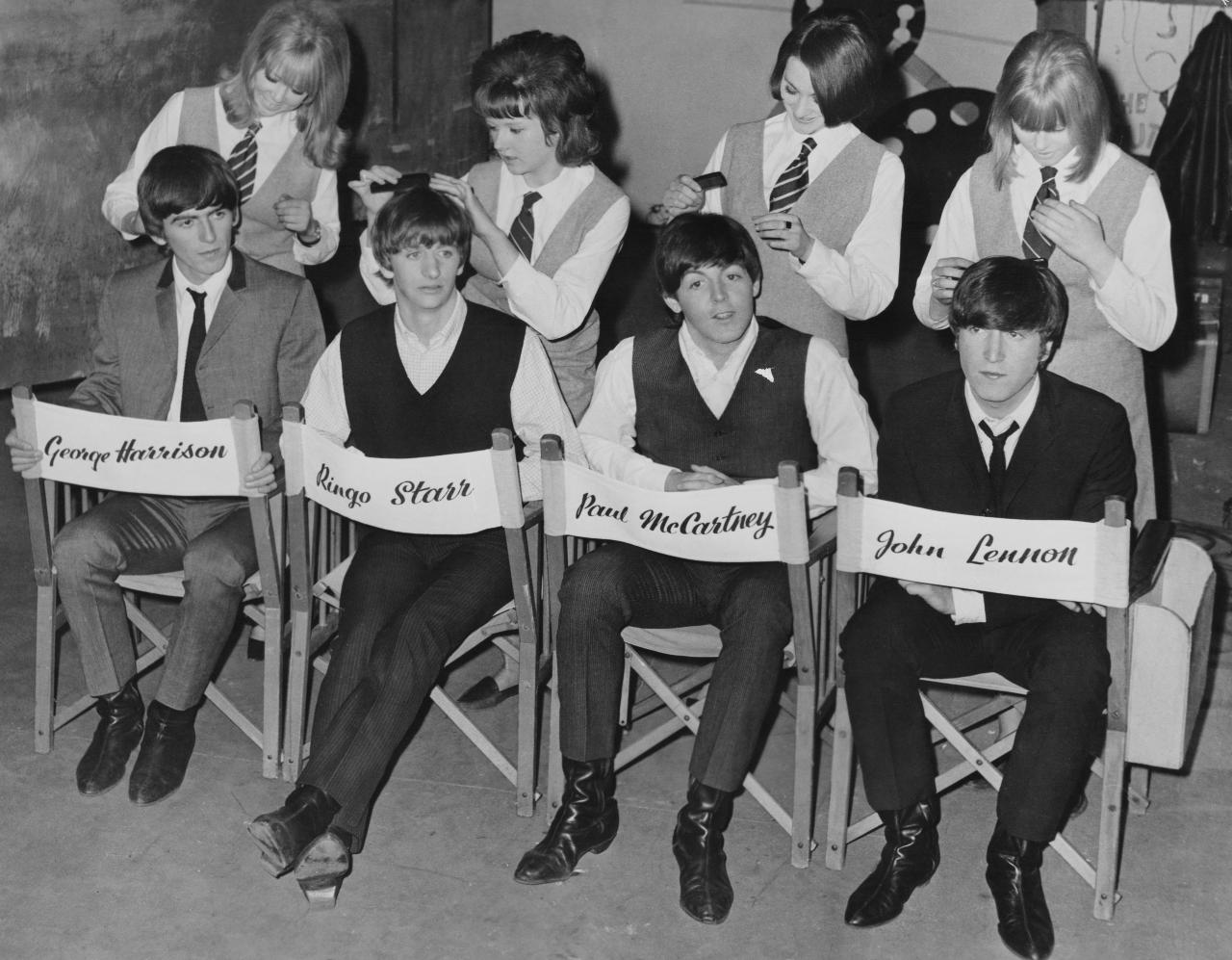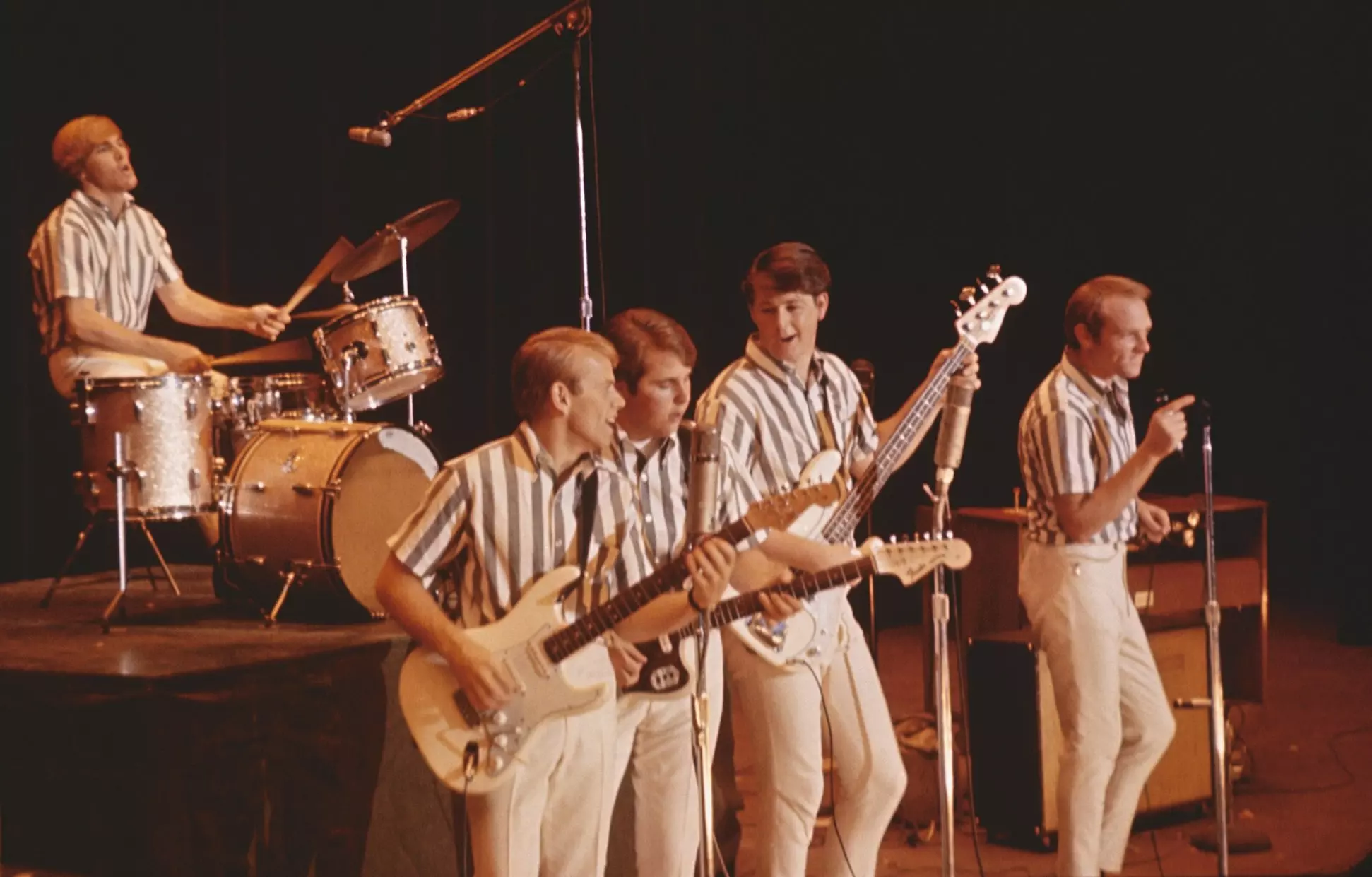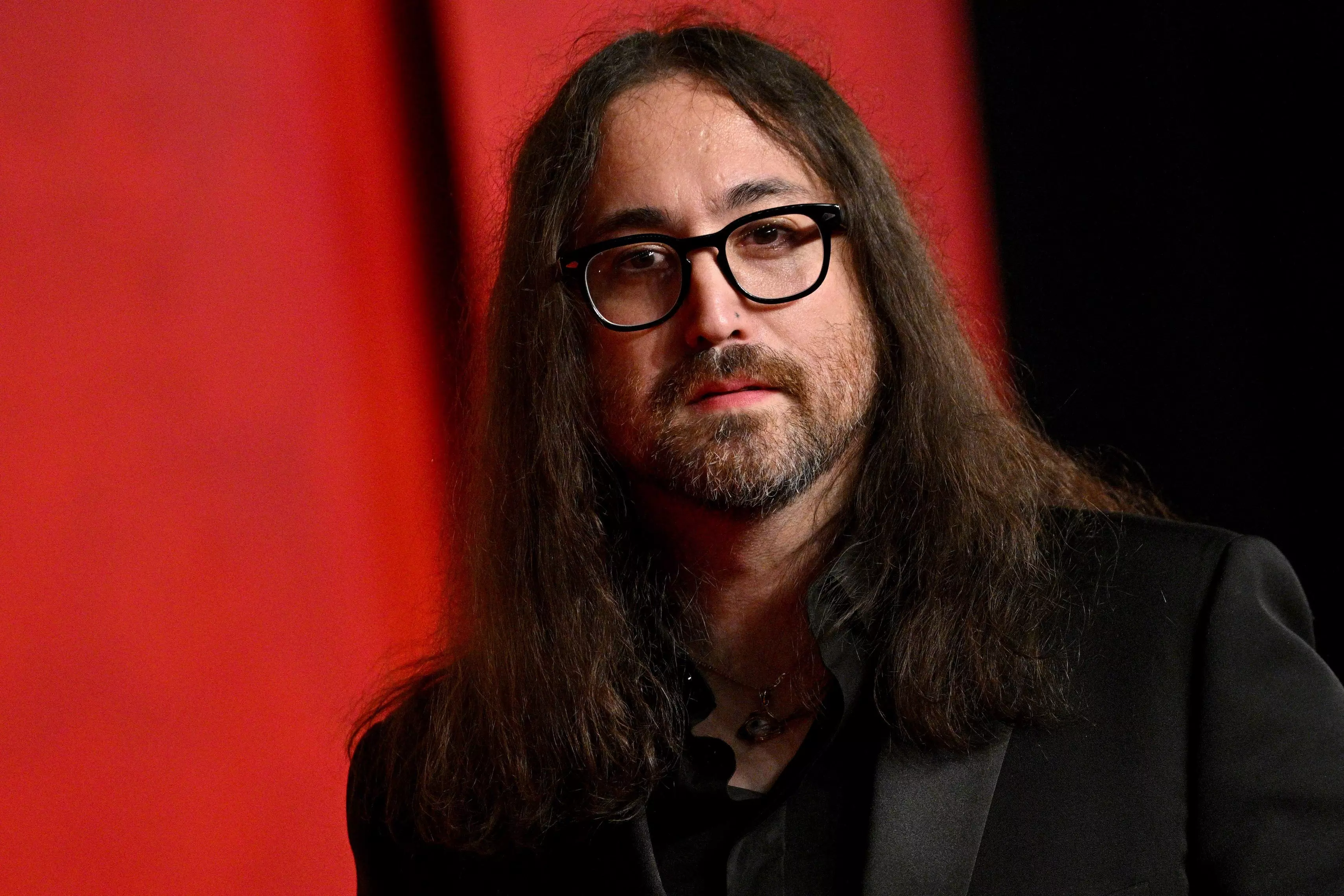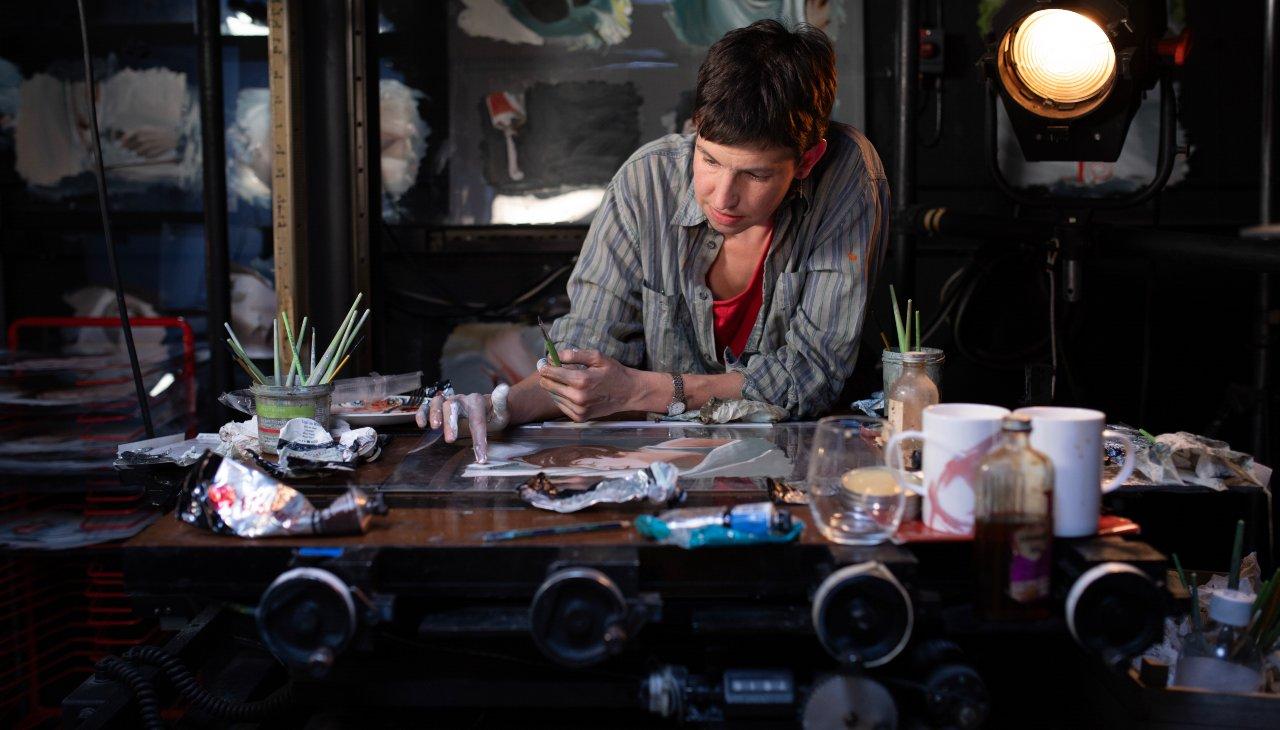(On Oct. 4 the GRAMMY Museum unveiled John Lennon, Songwriter, a new exhibit dedicated to the life and music of John Lennon. For more information, visit www.grammymuseum.org.)
Artist Lauren Voiers was putting the final touches on the design for Peace & Harmony, a monument honoring John Lennon as part of the Global Peace Initiative program, when she received a very important call from someone with a request.
Voiers had been commissioned to design what would become the second in a planned series of seven monuments — one on each continent, this one for Europe following the inaugural Asia installation in Singapore. With Lennon as the inspiration, plans were made for it to be placed permanently outside the Beatles Story museum alongside the Mersey River in Lennon's hometown of Liverpool, United Kingdom, on Oct. 9, the 70th anniversary of his birth.
Voiers may have seemed an unlikely choice for the task. The tall, blonde 19-year-old Cleveland native wasn't even born until 11 years after Lennon's 1980 assassination — 21 years after the Beatles broke up. And she fully admits that when her parents tried to get her to listen to the Beatles' music as a child, she resisted.
But as her artistic talents blossomed in her teenage years, it was Lennon's music that provided her soundtrack. Her creation in his honor reflects both her personal attachment and the musician's global impact. The monument stands 18 feet tall and is predominantly made of aluminum and glass, incorporating musical instruments and sweeping lines, and topped off by hands releasing birds. But if anything was lacking, it was a real, direct connection to Lennon himself.
That's where the call comes in, placed by Julian Lennon, the musician's son and a friend of Voiers' manager.
"He said that John had told him, 'Julian, if I die, you'll know I'm okay because I'll come to you as a white feather," says Voiers. "At some point after he died, Julian was in Australia and met with some tribal leaders, and they presented him with a white feather."
With that, she had her finishing touch, and a spiritual and emotional center for the monument.
"There are three separate parts," she says. "The base and a globe on top of it are wrapped around with musical instruments — a guitar, a saxophone and a piano, which kind of become one. The image is musical instruments swirling and becoming part of the globe. On top of that are the hands coming out with birds released from them, and at Julian Lennon's request I added a white feather going up to the sky. That represents the spirit that's the glass element at the top. It glimmers in the light, [it's] really beautiful."
Julian Lennon and his mother Cynthia, John Lennon's first wife, will join the artist, Liverpool's Lord Mayor Councillor Hazel Williams and other dignitaries at the official unveiling on Oct. 9. Julia Baird, John Lennon's half-sister, is also scheduled to participate, with this event marking one of the central features of the citywide celebration of Lennon's 70th birthday.
"It's going to be quite a big civic event," says Councillor Wendy Simon, Liverpool City Council cabinet member for culture and tourism. "We were clearly honored to get the sculpture. To be chosen, and for it to be dedicated to John, is an honor for the city."
Lennon's legacy as one of the world's most visible peace advocates is at the root of the decision to locate the monument in his hometown. With the Beatles Story lobbying its site as the permanent home, the decision came fairly easily. The Global Peace Initiative, founded by director Ben Valenty (who is also an art collector and promoter and serves as Voiers' manager), embraced Lennon as a perfect icon in its mission to marry art and the peace movement.
Simon grew up immersed in the Lennon legacy and sees this as a natural project.
"I did grow up here, born and bred," she says, noting that she was born in the '60s at the peak of Beatlemania, though didn't really become fully aware of the music until the Fab Four went their separate ways. "I live just around the corner from Penny Lane. The school John attended is right at the bottom of the street, Dovedale School. My daughter went there."
And, of course, the local view of the native son is distinct.
"I think people here liked his outspokenness as a Scouser," she says, using the local slang for a Liverpool inhabitant. "We're very outspoken. He had a very dry sense of humor that's well-loved in the city. And he stood up for what he believed, and that's important here."
Voiers didn't have a similar context and was initially resistant to the Beatles. "I thought of it as old music — [I] stayed away from it," she says.
But as a teenage artist she found Beatles and Lennon songs weaving their way into her makeup and soon they became the go-to songs for when she was creating her art.
"I would paint to it," she says. "I got a lot of inspiration for my art from his music, how he could tap into people's emotions. And that really meant a lot when I was painting, since I try to do the same thing."
The song that touched her the most, she says, was the Beatles' "A Day In The Life," the dramatic closer on Sgt. Pepper's Lonely Hearts Club Band.
"I love that song," says Voiers. "It's made me cry a couple times. I just relate to it so much, just him telling a story. [It's] a really touching song. I also love 'Strawberry Fields Forever.' And I love 'I Am The Walrus,' a silly song, but I love it. The visual imagery you get from his music is so inspiring."
In that regard, arguably she's a typical Beatles fan: someone with a life much different than Lennon's, raised without experiencing the context in which his art was created. And drawing on the primary theme for her commission came very naturally.
"His overall message is of people for people," she says. "When I was starting the monument I decided to incorporate music as the overall theme. There are a lot of healing powers to music, and Lennon captured that through his whole career and in dedicating himself to peace and bringing people together."
(Steve Hochman writes the Around The World music column for AOL's Spinner.com and is the pop music critic for KQED Radio's "The California Report Magazine." He has covered the music world for 25 years for the Los Angeles Times and many other publications.)

.jpg)

.webp)





